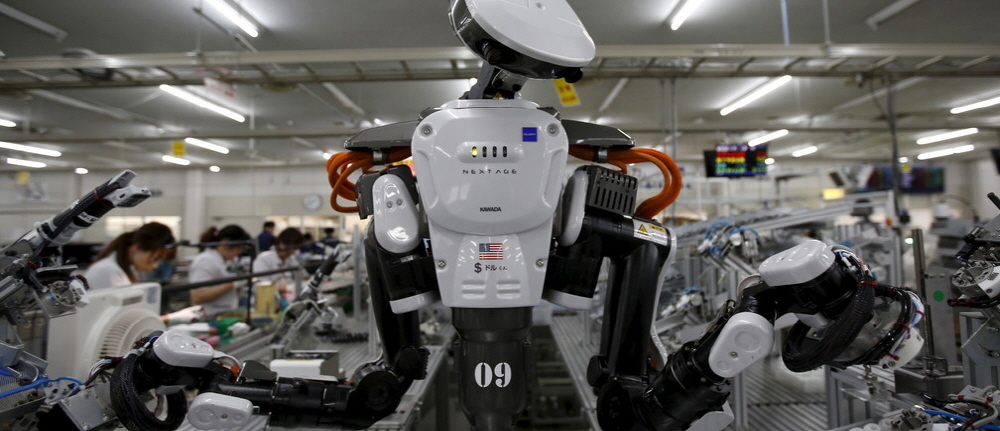
Recently, in the Netherlands, the results of a follow-up survey of 5 million employees of 36,490 companies in the Netherlands from 2000 to 2016 were announced. The surveyed companies ranged from large companies to small and medium-sized enterprises, factories to service industries, and the introduction of various line machines and automation was conducted to analyze how the salary increase and decrease, the unemployment rate, and welfare benefits were affected.
As a result, contrary to most expectations, even companies that implemented large-scale automation did not have a large number of personnel arrangements. The research team noted that the vast majority of automation would lead to massive unemployment, but they also expressed an opinion that they were wrong.
Of course, it’s not that there aren’t any people affected by automation. In this analysis, there were no companies that were dismissed at once due to the introduction of automation, but there were several cases in which working days and hours were reduced due to a sense of distance between employees and employers that was not so far. As a result, if you comprehensively understand, it is said that companies that have implemented automation have reduced their employee salaries by an average of 11%, and this status is effective for about five years. In other words, they continued to work for 5 years without being fired, with a 10% drop in salary.
Of course, since this is a survey in the Netherlands, it may appear in different forms in other countries. Moreover, it is possible to recommend early retirement or restructuring, rather than the end of the state, after the salary has been reduced. It is not that the rosy future of improving the working environment in 5 years is waiting.
According to McKinsey’s 2018 survey of 1,300 renowned companies around the world, three-quarters of the total said they had a department to automate within the next year. Now, it would be nice to think that companies are considering reducing labor costs by continuing to automate. Automation can provide efficiencies that can lead to lower prices for goods or services. But it shouldn’t be forgotten that there may be people on the back of it who are losing their work.
This survey report leaves the task of reviewing human resources training and unemployment measures in the future, and the implementation of technology training that does not take jobs from robots. Related information can be found here .


















Add comment